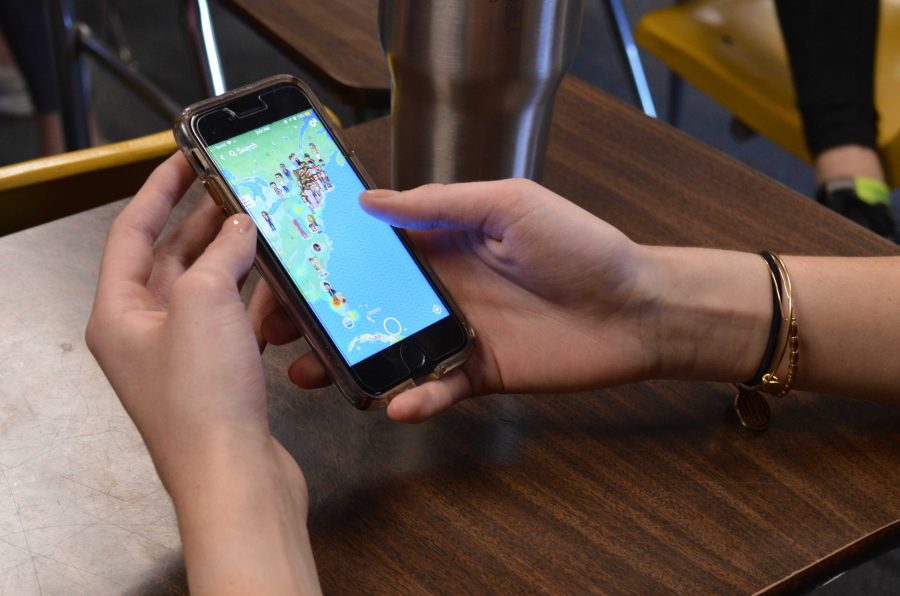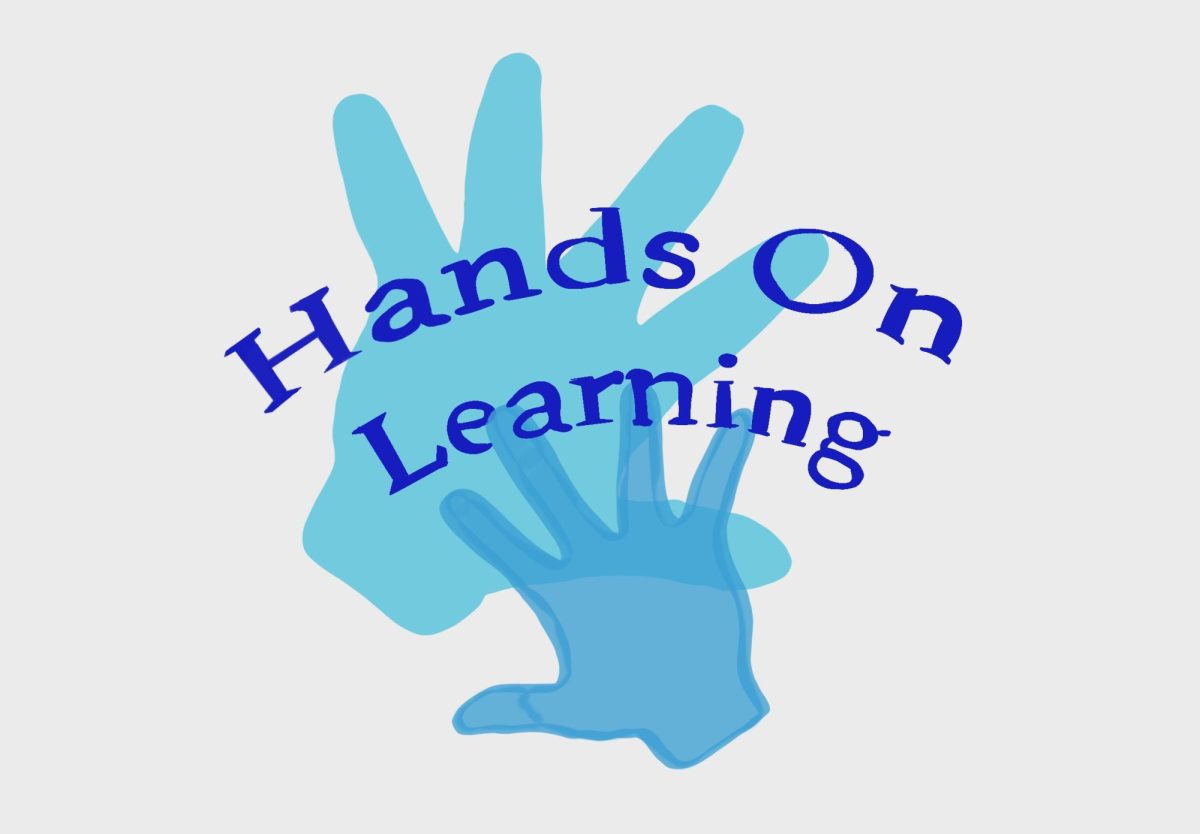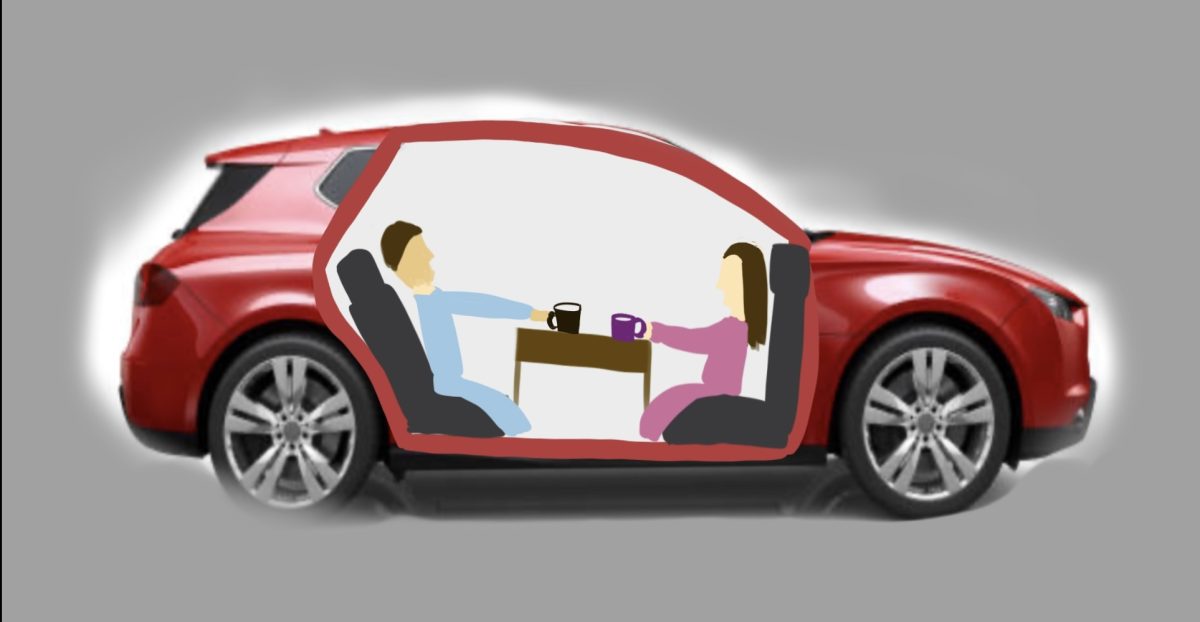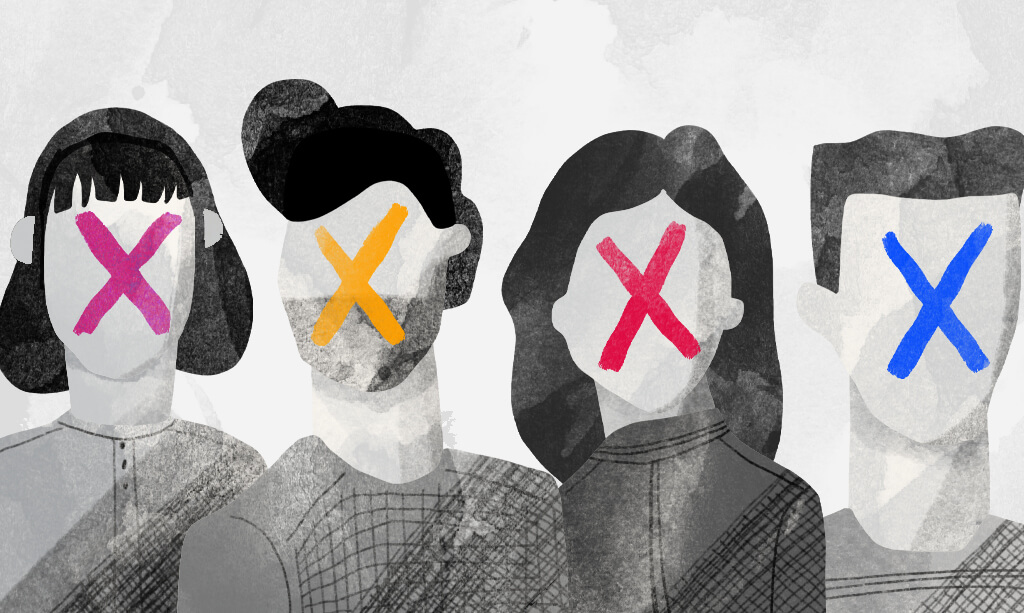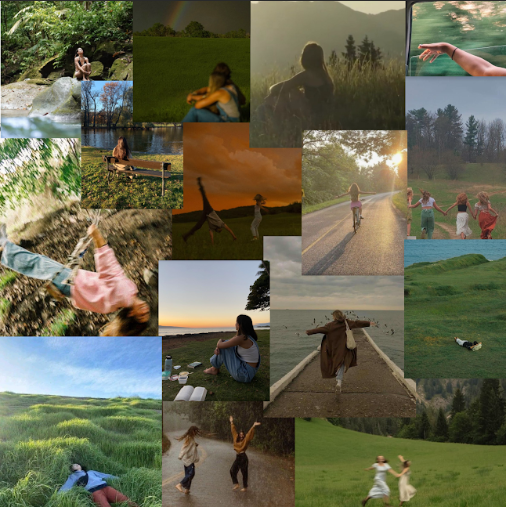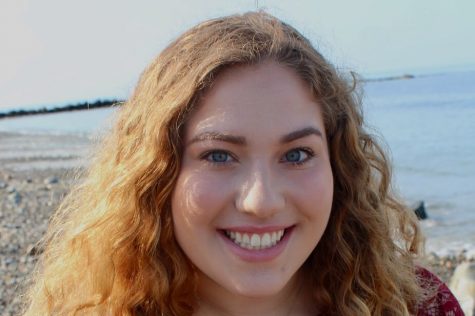When looking at important topics that are brought to light today in society, Snapchat is probably not one that comes to mind. Teenage culture revolves around social media. Understandably, each app has its own unique advantages. Instagram allows photos and videos to be shared on a larger scale. Twitter lets you to share thoughts, while bringing attention to trending topics in 280 character blurbs. And Facebook—although it is becoming outdated with Generation X—shares news and life updates. However, Snapchat falls into a category of its own.
Yes, Snapchat is another method for texting and sending pictures to your friends, but the app’s latest update takes social media’s influence too far with the “Snap Map.” This feature allows people to share their exact location with everyone they are connected with through the app. Updating every time the app is opened, this feature gives very accurate locations, placing a “Bitmoji,” or cartoon image of the person, over that location. I will admit I am guilty of checking the map to see where my friends are, and when opening the map, I noticed the Bitmojis are in action. When someone is in a car, the Bitmoji is driving. When someone has headphones in, the Bitmoji has headphones. One of the most shocking animations is when you are asleep and the app knows, placing a sleeping Bitmoji over your location. When you wake up, the animation gives you a cup of coffee. On Oct. 27, for Halloween weekend, Snapchat even introduced new features to the map, including a bubbling caldron when with friends, a candy bag when you are stationary, and broomsticks in place of cars, adding to the map’s attempt to grab people’s attention and get them to use this feature.
The map even shows people together, which can cause its own issues when people may be left out of situations.
The zoom on this map creates another issue, expanding to a global perspective and having the ability to zoom in as accurately as Google Street View and showing the actual building the person is in. According to statistics, as of the second half of 2017, there are 170 million active daily users; thus, the map will always have access to all these users’ locations. When the argument of turning your location on Ghost Mode is made, which takes the user off the map, or changing your settings to have only certain people see you, Snapchat still has your exact location. Snapchat Support explains this: “once you’ve started using the Snap Map, you won’t be able to disable it altogether.”
Turning off your location altogether in the app also takes away features available to everyone, such as town filters, which makes me think that Snapchat is creating a way to punish users if they do not want these features.
The map can come with its advantages, such as in the Washington Post article “Thanks to [Hurricane] Harvey, Snapchat’s map feature went from being kind of creepy to really useful,” where the map allowed hurricane victims to be located in the deviation of the storm.
Although there is not much research done yet due to this being a new topic, it is important to remember that everyone can see where you are, what you are doing, and the feature is available to anyone. With Snapchat being such a popular app with so many users, the stalking potential has increased tenfold since its creation. Next time you open Snapchat, ask yourself this question: Why would I want people I do not know to know where I live and what I am doing at any moment? My advice to you is to turn off your Snap Map until the day it is removed, which I hope is soon.



